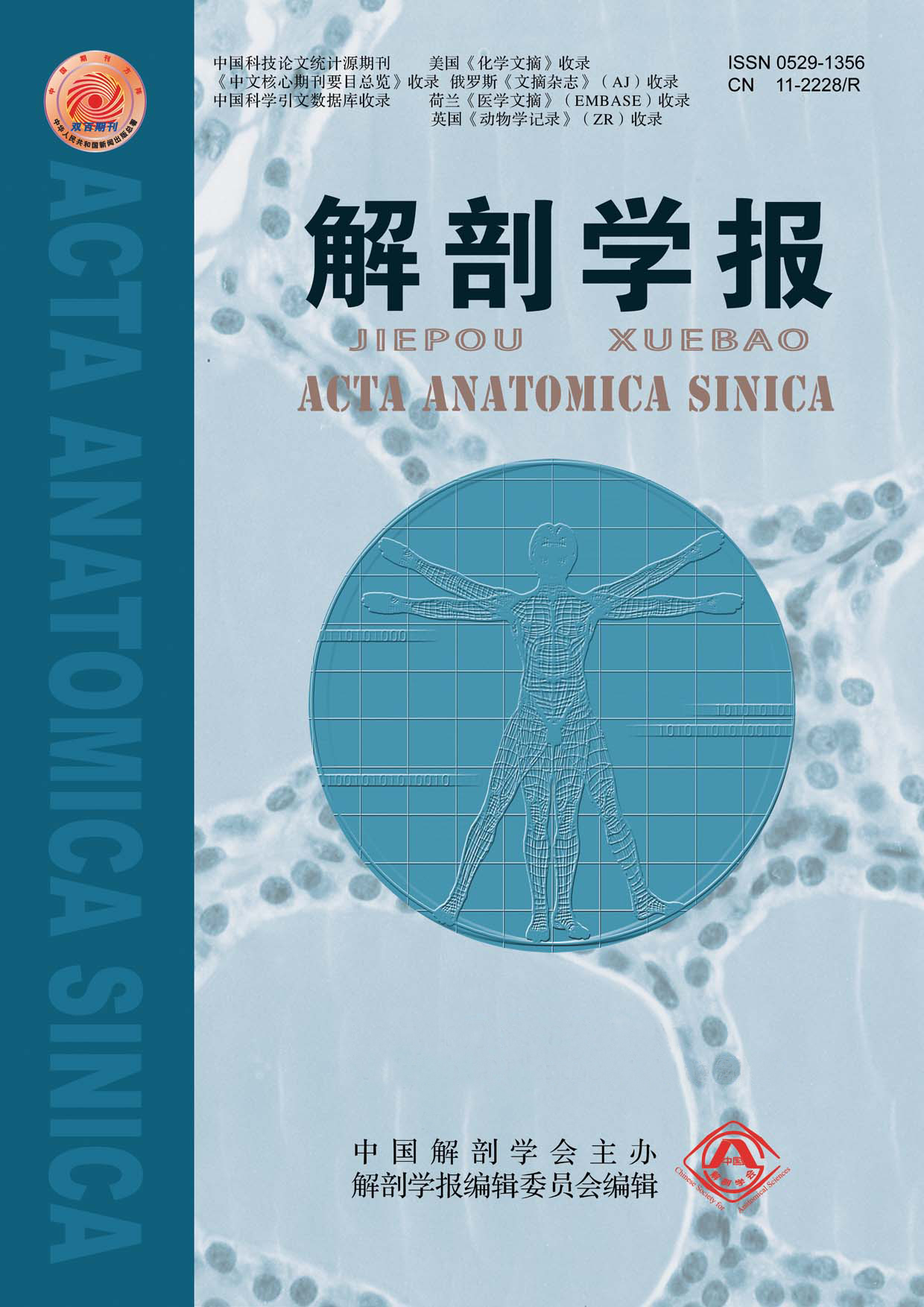Objective To investigate the spatio-temporal expression patterns and the relationship of diacylglyceral kinase ζ (DGKζ ), protein kinase Cδ(PKC δ) and Tis21 in the developing rat brain.Methods Serial sections of five rat embryos each day from E9.5 to E18.5 were stained immunohistochemically to detect the expression of DGKζ, phosphated PKC δ(p-PKC δ)and Tis21 in rat embryonic brains. Western blotting was performed to examine the expression of DGKζ, p-PKCδ, PKCδ and Tis21 in 22 rat embryonic brains at E11.5, E12.5, E14.5, E16.5 and E18.5. Results Immunohistochemistry staining showed that p-PKCδ and Tis21 were positively expressed in the neuroepithelium of neural groove while DGKζ was negatively expressed at E9.5. DGKζ, p-PKCδ and Tis21 were positively expressed in the neuroepithelium of brain vesicles at E10.5 and E11.5. At E12.5, DGKζ, p-PKCδ and Tis21 were positively expressed in the neuroepithelum of telencephalon, diencephalon, ventral mesencephalon and pons. DGKζ was positively expressed in dorsal mesencephal, isthmus and cerebellar primordium, while the expression of p-PKCδ and Tis21 was not observed until E13.5. At E13.5, the expression of all of these three proteins was positive in neuroepithelium and differentiating field of hippocampus, pallidum, septal and rhinencephalic and negative in neocortex. At E14.5, with the positive expression extending to neocortex, DGKζ was expressed in the nervous tissue of whole brain. The expression of pPKCδ and Tis21 only extended to tectum. DGKζ expression pattern happened to p-PKCδ and Tis21 at E15.5. At E16.5-E18.5, their expression became weaker and was restricted to the cerebellum germinal layer and pontine nucleus. DGKζ and p-PKCδ were expressed in cytoplasm of neuroepithelial cells, or in both cytoplasm and nucleus. Western blotting showed that the expression of DGKζ and Tis21 protein increased gradually at E11.5, E12.5 and E14.5, and decreased gradually at E16.5 and E18.5. The expression was significantly increased at E12.5 compared with E11.5. The ratio of p-PKCδ to PKCδ showed that the change of PKCδ activity had the same tendency with DGKζ expression.Conclusion The spatio-temporal expression of DGKζ, p-PKCδ and Tis21 conforms the development pattern of rat embryonic brain. The subcellular distribution of DGK and p-PKCδ in neuroepithelial cells suggests that they may regulate the development of the embryonic brain via DGKζ/Tis21 and PKCδ/Tis21 signaling pathway.


